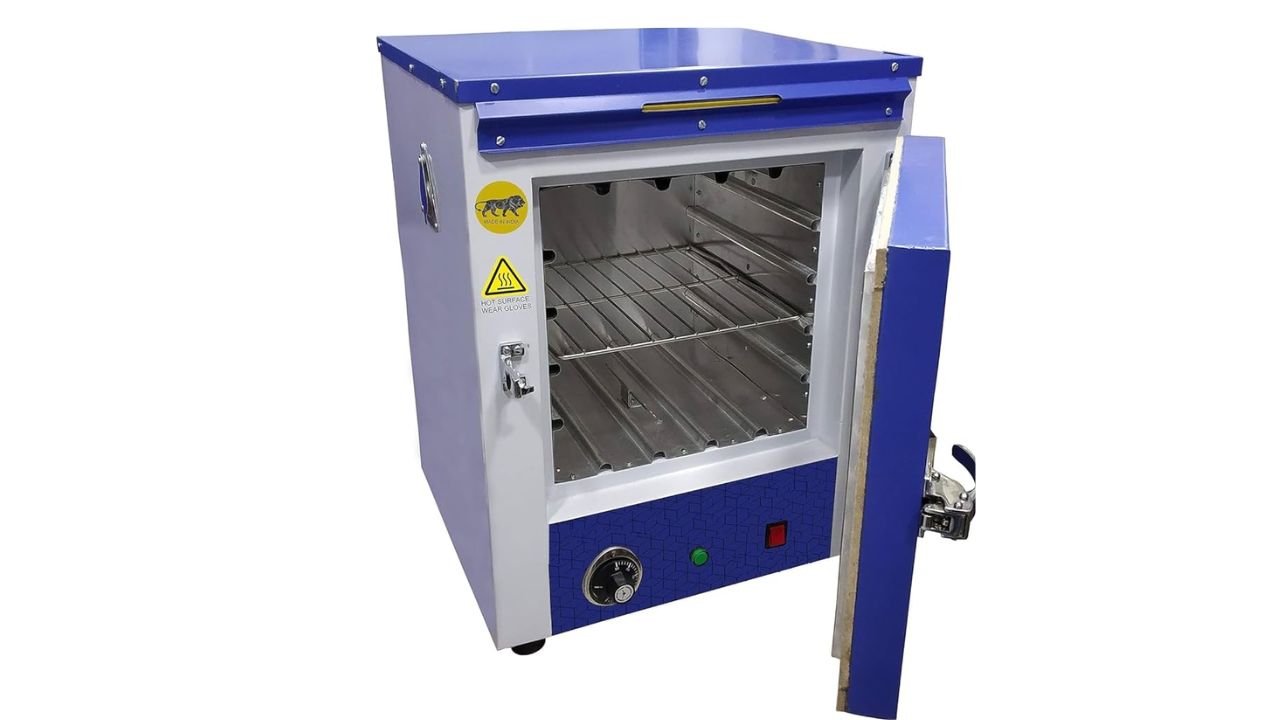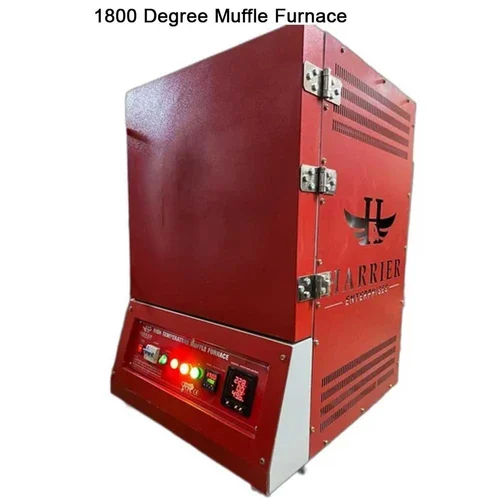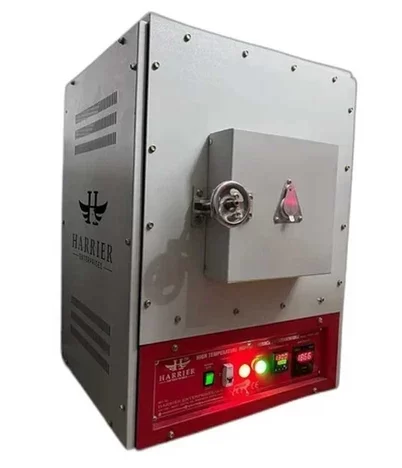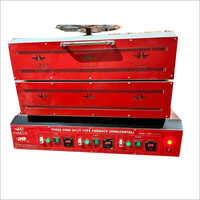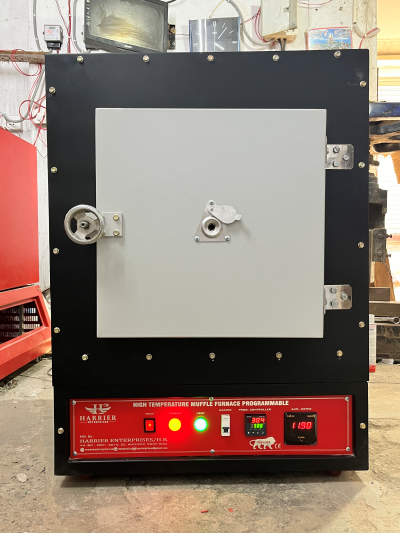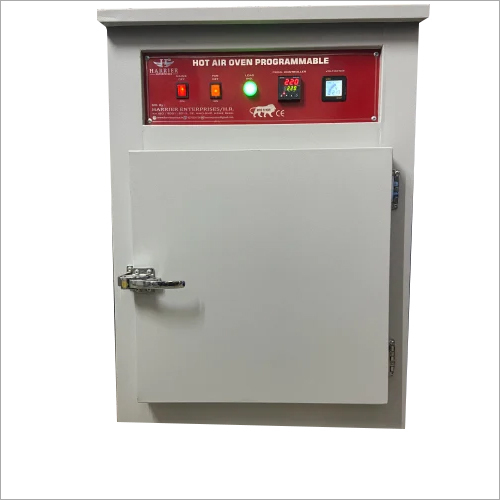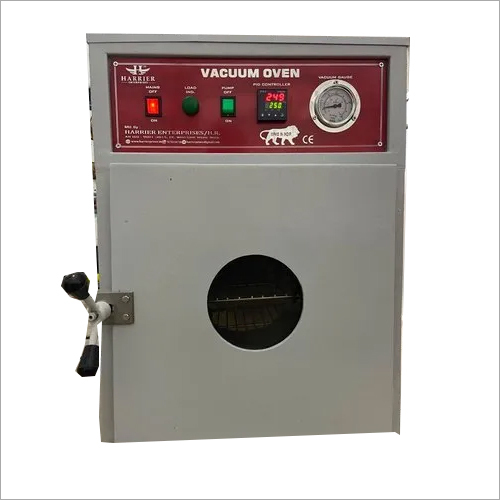The hot air oven consists of stainless steel rod trays where the material is placed for the heating. First, the door is open and the material is placed on the trays. The material which needs to be sterilized has the characteristics like a higher melting point. It also has to be fire-resistant so it will not catch fire or burn while heating inside the hot chamber. It also does not deform its shape and size during the heating. Our hot air oven uses a high temperature and runs for several hours to destroy the bacteria. It is primarily used for heating, drying, and sterilizing materials, products, or items. Its ability to provide controlled, uniform heat has made it indispensable in various fields, such as research, pharmaceuticals, and even home baking. But how exactly does a hot air oven work, and what makes it such a crucial piece of equipment?
What is a Hot Air Oven?
A hot air oven, also known as a forced air oven or convection oven, is an enclosed chamber designed to circulate hot air to evenly distribute heat across its contents. It typically consists of an outer shell, an inner chamber, a fan (to circulate air), and a heating element. It is used in medical and industrial environments to ensure the cleanliness and safety of equipment and materials. The instrument works on the basis of dry heat to sterilize the specimens and articles. The instrument can be operated at a temperature of 50° Celsius to 250° Celsius or 122° Fahrenheit to 482° Fahrenheit. The instruments are also known as the thermostat that controls the temperature. The device is provided with the digital panel to control the temperature digitally.
Hot air ovens are used for a variety of purposes, such as:
- Drying: To remove moisture from materials, such as clothes, powders, or chemicals.
- Sterilizing: To kill bacteria, viruses, and other microorganisms from equipment and materials, which is especially critical in medical and laboratory settings.
- Baking: Used for baking various items such as bread, cakes, or snacks.
- Heat treatment: For curing and hardening materials like plastics, paints, and coatings.
Key Components of a Hot Air Oven
- Heating Element: The heating element is responsible for generating the heat required to raise the temperature inside the oven. These elements are typically made of metal, like stainless steel, and can be electrically powered.
- Fan: A fan is an essential component for the even distribution of heated air within the oven. The fan helps circulate the air around the interior of the chamber, ensuring that the material or product receives uniform heating.
- Thermostat: This component is used to monitor and control the internal temperature of the oven. It helps maintain the desired temperature by turning the heating element on or off as needed.
- Interior Shelves or Racks: These are where the items are placed for heating or drying. The shelves may be adjustable to accommodate different sizes and types of materials.
- Insulation: Hot air ovens are usually well-insulated to minimize heat loss and ensure that the oven reaches the required temperature efficiently.
How Does a Hot Air Oven Work?
The Hot Air Oven works on the basis of Hot Air inside the chamber which is created due to the forced air circulation. It is a universal fact that in chambers, the hot air first rises up, and once it reaches the top of the instrument, it comes back to the bottom of the chamber. The circulating fans and fan motor that are equipped with the instrument helps to create an even temperature inside the chamber which helps to achieve an optimum level of heat inside the Hot Air Oven.
The operation of a hot air oven is relatively straightforward, yet highly efficient:
- Heating: When the oven is turned on, electricity is used to heat the elements inside the oven. The temperature can be adjusted using the thermostat, depending on the requirements of the material being processed.
- Air Circulation: Once the heating element has raised the oven to the desired temperature, the fan begins circulating the air inside the oven. This constant airflow ensures that heat is evenly distributed throughout the interior, preventing hot or cold spots from affecting the materials.
- Uniform Heating: The heated air surrounds the items inside the oven, ensuring consistent heat exposure on all surfaces. This is especially useful for tasks like drying or sterilizing, where even heat is crucial to achieve the desired result.
- Temperature Regulation: As the oven operates, the thermostat continuously monitors the temperature. If the oven becomes too hot, the thermostat will cut off the heating element. Conversely, if the temperature drops below the set point, the heating element will turn on again.
- Completion: Once the desired temperature and treatment time have been reached, the oven automatically maintains the set conditions or switches off, depending on the settings. This ensures a safe and efficient process.
Features of Hot Air Oven
1. Uniform Air Circulation
- The built-in fan circulates hot air evenly throughout the oven’s chamber. This uniform airflow ensures that all materials inside receive consistent heat, preventing hot or cold spots and ensuring uniform drying, sterilization, or heating.
2. Precise Temperature Control
- Hot air ovens are equipped with advanced thermostats that allow for accurate and stable temperature regulation. Users can set the exact temperature required for specific tasks, and the oven will maintain it consistently, which is especially important for delicate processes like sterilization or drying.
3. Adjustable Shelves/Racks
- Most hot air ovens come with adjustable racks or shelves that can be positioned at different heights to accommodate materials of various sizes. This feature ensures that the oven can be customized for different types of items, maximizing its versatility.
4. Overheat Protection
- To ensure safety, many hot air ovens feature an overheat protection system. This safety feature automatically cuts off power to the heating element if the internal temperature exceeds a pre-set limit, preventing damage to the oven or its contents.
6. Digital or Analog Controls
- Depending on the model, hot air ovens can feature digital or analog controls for easy operation. Digital controls provide a more precise setting and easy-to-read displays, while analog controls offer simplicity and straightforward functionality.
7. Insulated Body
- The outer body of a hot air oven is often insulated with materials like fiberglass or ceramic to minimize heat loss. This insulation helps maintain the desired temperature inside the oven and prevents external surfaces from becoming excessively hot.
8. Stainless Steel Construction
- The interior chamber and the exterior casing are often made from stainless steel, which is durable, resistant to corrosion, and easy to clean. This material is perfect for environments where hygiene and longevity are crucial.
Benefits of Using a Hot Air Oven
- Efficient Drying: Hot air ovens offer a quick and effective way to dry materials without exposing them to excessive heat, which could damage them.
- Uniform Heating: The fan-driven air circulation ensures that all items placed inside the oven receive consistent heat, which is essential for sterilization, drying, and baking.
- Precise Temperature Control: Hot air ovens are equipped with thermostats to maintain a steady temperature, ensuring that the treatment process is precise and reliable.
- Wide Range of Uses: From laboratory equipment to industrial applications, hot air ovens can be adapted for many different purposes.
- Safety Features: Modern hot air ovens are equipped with safety features like overheat protection, ensuring that they can operate without causing damage to the contents or the equipment itself.
Conclusion:
Harrier Groups is a leading manufacturer and supplier of Hot Air Ovens, engineered to provide precise and reliable thermal processing for a range of applications. These ovens feature advanced programmable controls that allow users to set and monitor specific temperature profiles and time schedules, ensuring accurate and consistent results. Designed with high-quality insulation, they offer excellent heat retention and energy efficiency. We are also known as Furnace Manufacturers in India. Whether you’re in a laboratory, food processing, or manufacturing, a hot air oven ensures consistent results, making it an indispensable part of many operations.
By understanding how a hot air oven works and its wide range of applications, you can better appreciate the critical role it plays in various sectors. If you’re considering investing in one, make sure to choose a model that suits your specific needs and requirements for optimal results.

